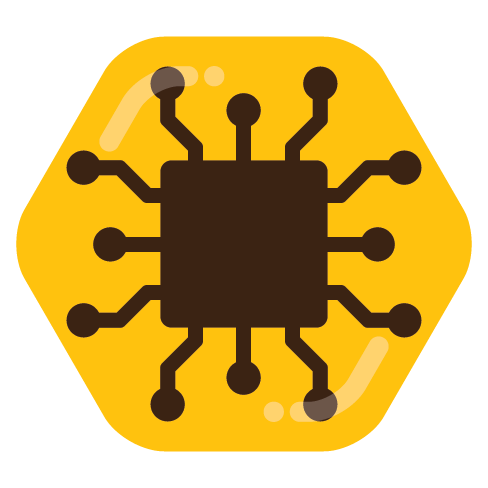

I can’t believe this word doesn’t seem to have made it into any part of this thread, but I think you’re looking for viability: the point where a fetus can live outside of the womb. This isn’t a hard line, of course, and technology can and has changed where that line can be drawn. Before that point, the fetus is entirely dependent on one specific person’s body, and after that point, there are other options for caring for it. That is typically where pro-choice folks will draw the line for abortion as well; before that point, an abortion ban is forced pregnancy and unacceptable, after that point there can be some negotiation and debate (though that late into a pregnancy, if an abortion is being discussed it’s almost certainly a health crisis, not a change of heart, so imposing restrictions just means more complications for an already difficult and dangerous situation).











It’s the last one, the “wait a day” option and the “pay $20” options aren’t equivalent. If it’s still a day away from viability, it isn’t viable yet, but if it’s $20 away, it is. You may be of the opinion that waiting a day isn’t a big deal, or is only $20 worth of hardship, but that’s not your choice to make for others.
You’d think ending a doomed pregnancy would be a simple matter even for pro-lifers, yes. They often don’t consider the issue, or assume that it’ll always be clear-cut and obvious in every circumstance, or worry that any exception will be used as a loophole.